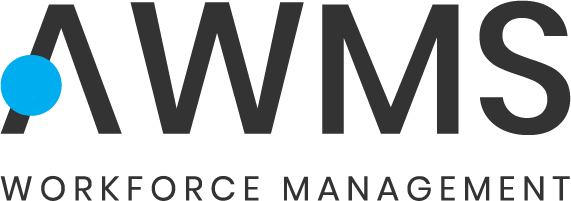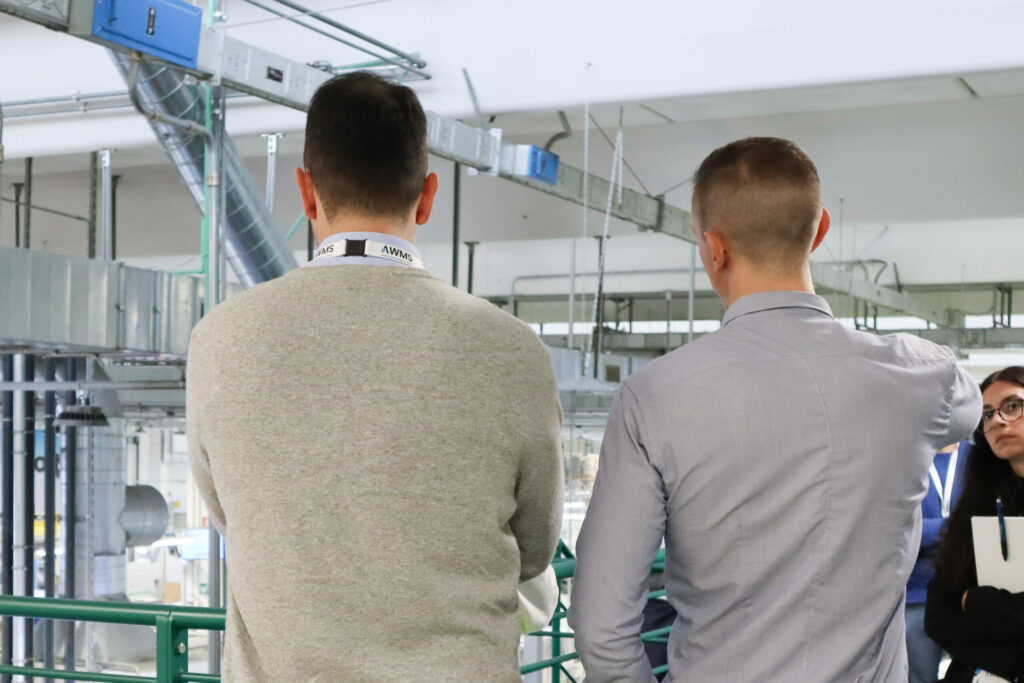Home > Safety
SAFETY AT WORK
When we talk about safety at work, we mean a set of measures, provisions, assessments and monitoring arrangements put in place in order to safeguard the health and welfare of people in the workplace. Such systems are a fundamental part of good company management because they address the need to prevent accidents and protect workers against any risks.

Health and safety in the workplace
Safeguarding workers’ health and safety is no ordinary requirement nor is it simply an employer’s statutory duty of care. It is part and parcel of good company management.
Little does it matter whether a company is a multinational corporation or a small firm, reducing the number of accidents at work and employees’ sick leave simply means better results. But the benefits of a safer workplace are not just a question of productivity. When staff know that their workplace has been made safe for them, they are more motivated and their relationship with the employer is more trusting. What is more, building a good name in terms of occupational health and safety is also a surefire way to attract new talent and impress customers and investors.

Sadly to say, occupational health-and-safety regulations are not always properly implemented in a great number of companies. This is not due to a lack of good will on the part of employers, but is often a result of the complexity of having to manage all the various measures and the dearth of suitable tools for implementing the various rules and regulations.
If all companies had at their disposal tools which could guarantee occupational safety at work and compliance with safety regulations throughout the day and for each single activity, work-related accidents and industrial illnesses could be avoided to a great extent.
For instance, if there were a digital instrument on company premises that monitored risks and automatically processed all occupational health-&-safety data, the immense complexity of the task at hand would be significantly reduced.
Effectively addressing occupational health and safety positively impacts the whole organisation
The success of any company is contingent upon the success of its employees, in the sense that people are a repository of skills, talents, commitment and dedication.
This is why investing into the training, welfare and gratification of workers is a key factor for any thriving organisation. And health and safety at work is a prime part of this investment. It is important to lower the risk of accidents at work, reduce worker absences and boost people’s level of trust in the organisation itself.

Unscheduled downtime, sick leave and work-related accidents and damage to the corporate image, not to mention administrative costs and legal fees – all these problems are preventable with the right kind of safety management.
Using a workforce-management software programme like AWMS helps you to avoid any nasty surprises arising from unsafe work conditions and it ensures that each individual is scheduled to man the most suitable work station for their physical limitations and own particular abilities.
The advantages of good safety management
A comprehensive workforce management system encompasses a range of activities within the broader framework of human resource management (HRM), such as:

Greater investor trust

Corporate social responsibility

Improved corporate image

Higher levels of worker motivation and commitment

Acquisizione e fidelizzazione dei clienti

Increased productivity

Reduction in costs entailed by accidents and illness

Keeping insurance expenses under control









